
views
Forming Your Ratio

Use a symbol to denote the ratio. To indicate that you're using a ratio, you can use the division sign ( / ), a colon ( : ), or the word to. For example, if you wanted to say, "For every five men at the party, there are three women," then you could use any of the three symbols to state this. Here's how you would do it: 5 men / 3 women 5 men : 3 women 5 men to 3 women
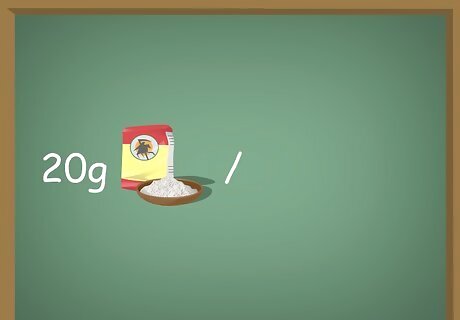
Write the first given quantity to the left of the symbol. Write down the quantity of the first item before the symbol of your choice. You should also remember to state the units, or the number you're working with, whether it's men or women, chickens or goats, or miles or inches. Example: 20 g of flour
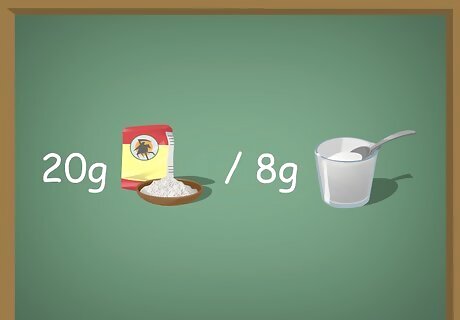
Write the second given quantity to the right of the symbol. After you've written the first given quantity followed by the symbol, you should write the second given quantity, along with its units. Example: 20 g of flour/ 8g of sugar
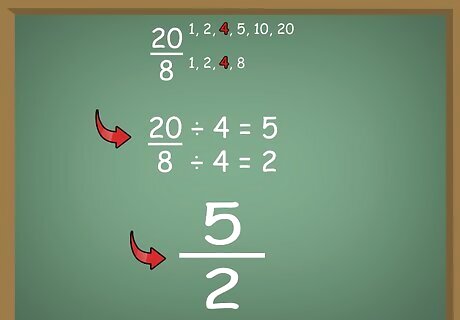
Simplify your ratio (optional). You may want to simplify your ratio to do something like scale down a recipe. If you're using 20 g of flour for a recipe, then you know you'll need 8 g of sugar, and you're done. But if you'd like to scale down the ratio as much as possible, then you'll need to simplify it by writing the ratio in its lowest possible terms. You should use the same process as you would use to simplify a fraction. To do this, you have to find the GCF, or the greatest common factor, of both quantities, and then see how many times that number fits into each given quantity. To find the GCF of 20 and 8, write down all of the factors of both numbers (the numbers that can multiply to make those numbers and thus can be evenly divided into those numbers) and find the largest number that is evenly divisible into both. Here's how you do it: 20: 1, 2, 4, 5, 10, 20 8: 1, 2, 4, 8 4 is the GCF of 20 and 8 -- it's the largest number that evenly divides into both numbers. To get your simplified ratio, simply divide both numbers by 4: 20/4 = 5 8/4 = 2 Your new ratio is 5 g flour/ 2 g sugar.
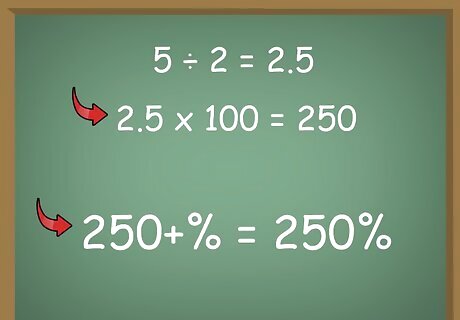
Turn the ratio into a percentage (optional). If you'd like to turn the ratio into a percentage, you just have to complete the following steps: Divide the first number by the second number. Ex: 5/2 = 2.5. Multiply the result by 100. Ex: 2.5 * 100 = 250. Add a percentage sign. 250 + % = 250%. This indicates that for every 1 unit of sugar, there is 2.5 units of flour; it also means that there is 250% as much flour as there is sugar.
Additional Information About Ratios
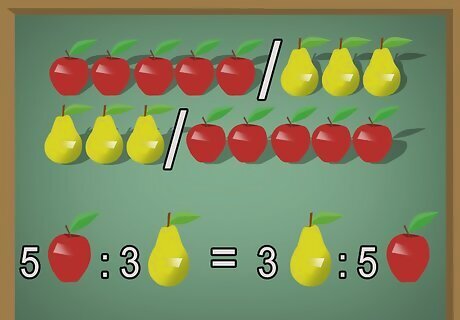
The order of the quantities doesn't matter. The ratio simply represents the relationship between two quantities. "5 apples to 3 pears" is the same as "3 pears to 5 apples." Therefore, 5 apples/ 3 pears = 3 pears/ 5 apples.
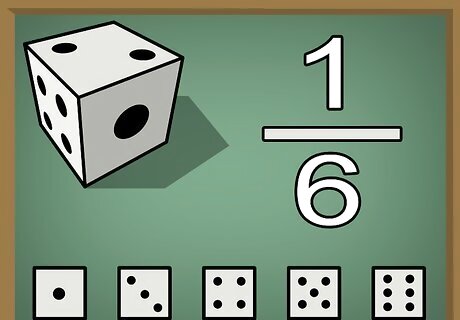
A ratio can also be used to describe probability. For example, the probability of rolling a 2 on a die is 1/6, or one out of six. Note: if you're using a ratio to denote probability, then the order of quantities does matter.
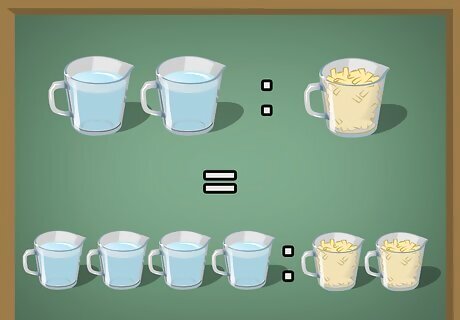
You can scale a ratio up as well as down. Though you may be used to simplifying numbers whenever you can, it can benefit you to scale a ratio up. For example, if you know that you'll need 2 cups of water for every 1 cup of pasta you boil (2 cups water/1 cup pasta), but you want to boil 2 cups of pasta, then you'll need to scale up the ratio to know how much water to use. To scale up a ratio, simply multiply the top and bottom by the same number. 2 cups water/ 1 cup pasta * 2/ 2 = 4 cups water/ 2 cups pasta. You'll need 4 cups of water to boil 2 cups of pasta.












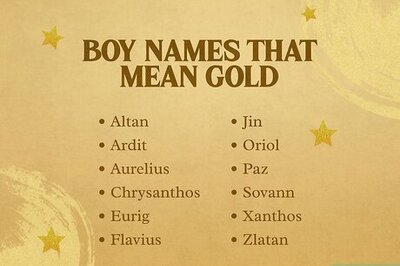





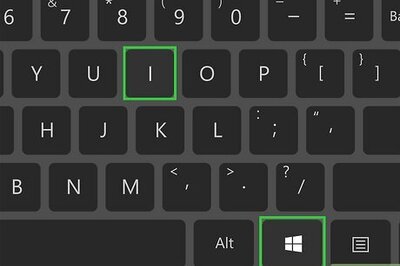
Comments
0 comment